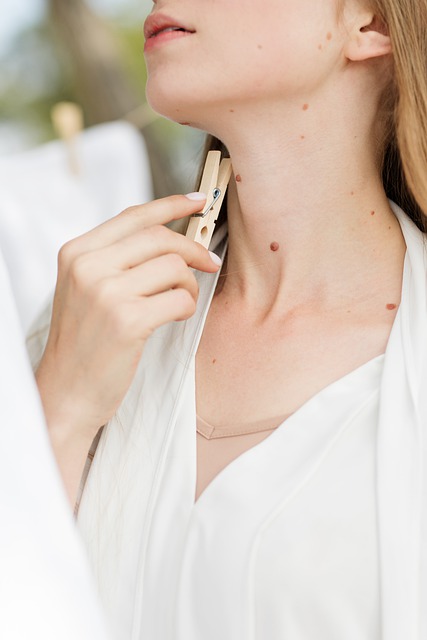Mole removal methods can be necessary when moles are not only unwanted but also causing a risk of the development of skin cancer. Removal is not required for every mole. Some people choose a mole check with Sundoctors to remove unsightly moles or simply unwanted moles at local mole check clinics. 
What Is A Mole?
A nevus mole is a cluster of cells that produce melanin and most of them are harmless. They are round or oval in shape and can be flat or raised with color ranging from skin tone to black. They appear on any part of the body.
Types Of Moles
Atypical
Atypical moles are unusual-looking benign moles, having irregular features when looked at under enlarging lenses. They are not necessarily cancerous, yet having atypical moles is a risk factor for developing Melanoma cancer. They arise due to a mixture of genetic and environmental reasons, but the exact causes are still not known. While sometimes an atypical flat mole can be benign due to the link with skin cancer, you should contact your dermatologist or skin cancer clinic if you notice bleeding, itching and swelling, pain or color change, shape, size, texture, or elevation of a mole. These changes are to be noticed as they can be dangerous due to their correlation with skin cancer.
Benign
A benign mole, skin tag or seborrhoeic takes a well-defined symmetrical shape and is one color only against your skin. They can be a flat mole or a bump, most importantly their appearance will not change over time. They are not dangerous, yet they should be checked by a qualified skin doctor over time to ensure they are not changing in appearance. If the moles are benign, you would prefer to have them removed for aesthetic or practical reasons, there are various mole removal procedures and techniques available.
How Can A Mole Be Diagnosed?
There are a number of ways in which mole can be diagnosed :
Dermascope Spot Check
A mole can be checked on a detailed basis using a tool known as dermascope, which enlarges the view of the mole so that the doctor takes a good look at its features.
Full Body Mole Map
A full body mole map involves taking pictures of the body so that the features and locations of moles can be accurately recorded. In subsequent years, development in the moles can be compared to earlier mole maps for quick pinpointing of the changes.
Skin Cancer Check
A Dermatologist can inspect every inch of the skin, looking at any moles or other lesions for signs of skin cancer. Any suspicious moles will be photographed during the session for a more detailed analysis.
Treatment Options
Surgical
Excision
- A biopsy usually proceeds excision
- Uses anesthesia and may need stitches
- Mole area measured, mapped, and photographed.
- Recovery time may be days to weeks
- Stitches out in 2 weeks
Punch
- May leave a small scar
- Uses anesthesia
- No stitches required
- Heals in a few weeks
Shaving
- Uses a small amount of anesthesia
- No stitches required
- Minimum or no scarring
- 5 days average recovery
Non- surgical
Radio Frequency
- fast healing
- Less bleeding and scarring
- No stitches
- Recovery in one week
Cryotherapy
- Fast procedure
- Near painless
- Highly effective
Conclusion
The most common risks of surgical mole removal are bruising, infection, bleeding, and scarring. It is very important to advise your doctor if you are diagnosed with excessive bleeding. If you have got a suspicious mole that’s changing shape or if you simply want an unwanted mole to be removed, make an appointment with the mole check clinic today.
More Skin Advice
5 At-Home Vitamin C Skincare Treatments to Try